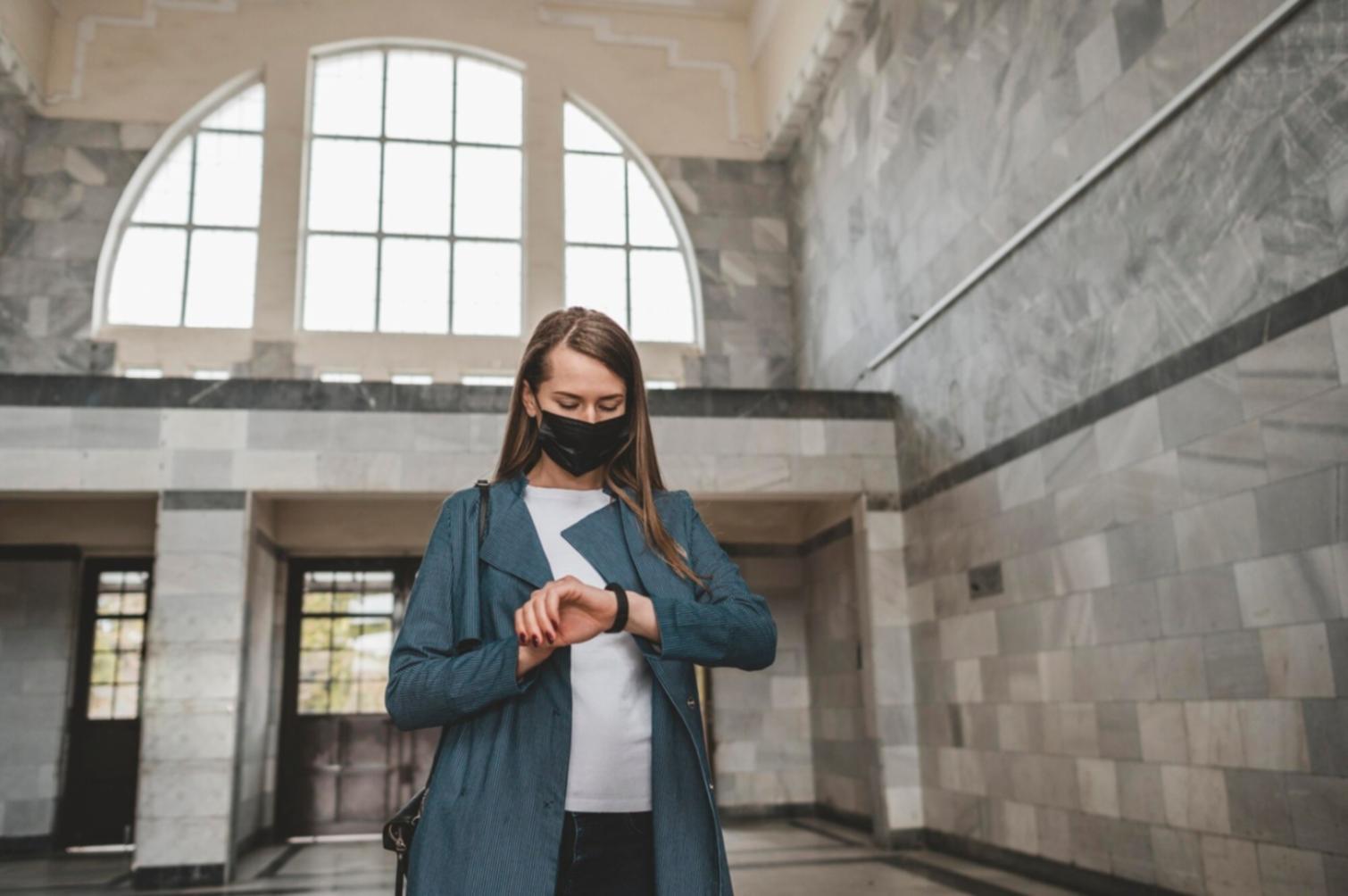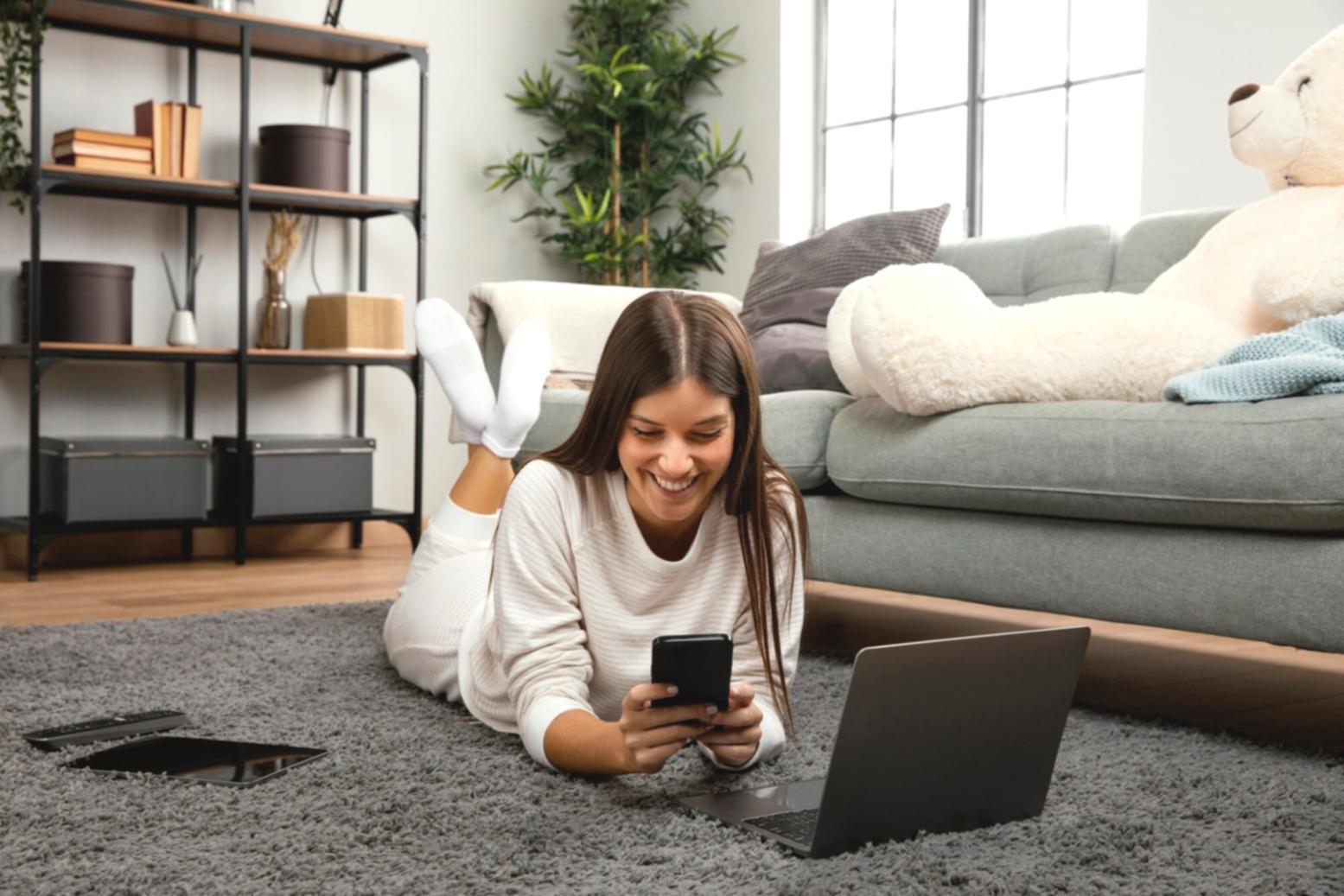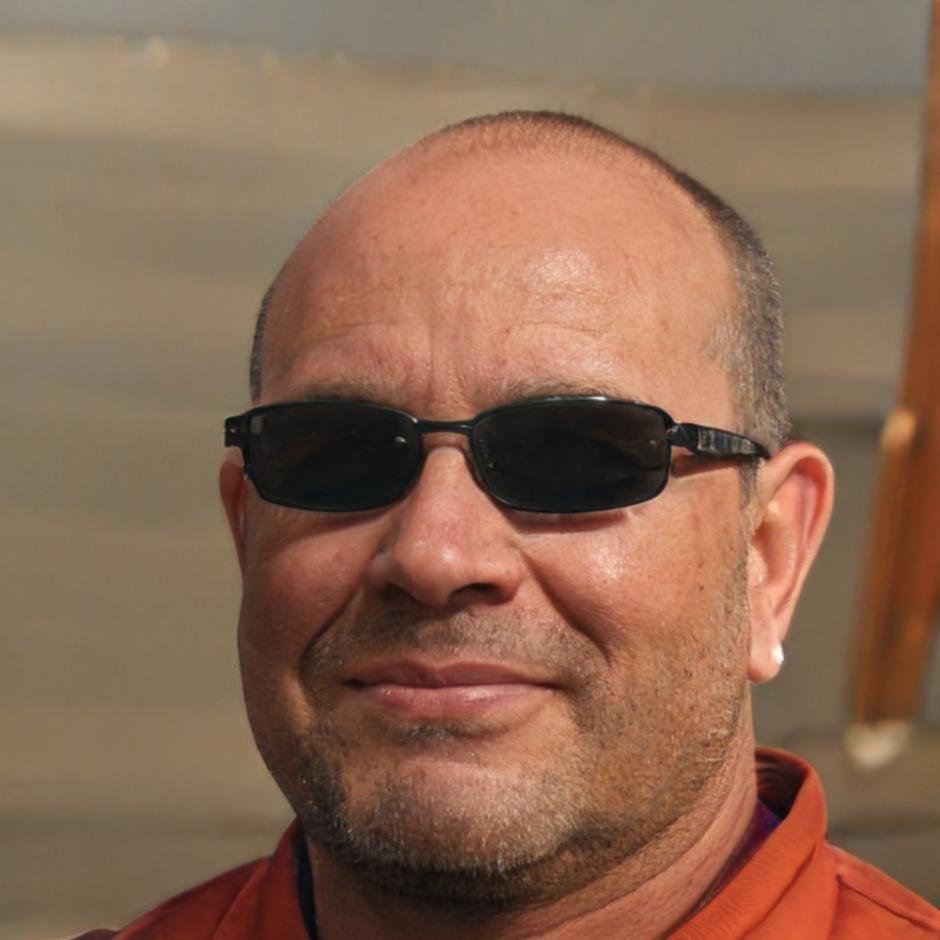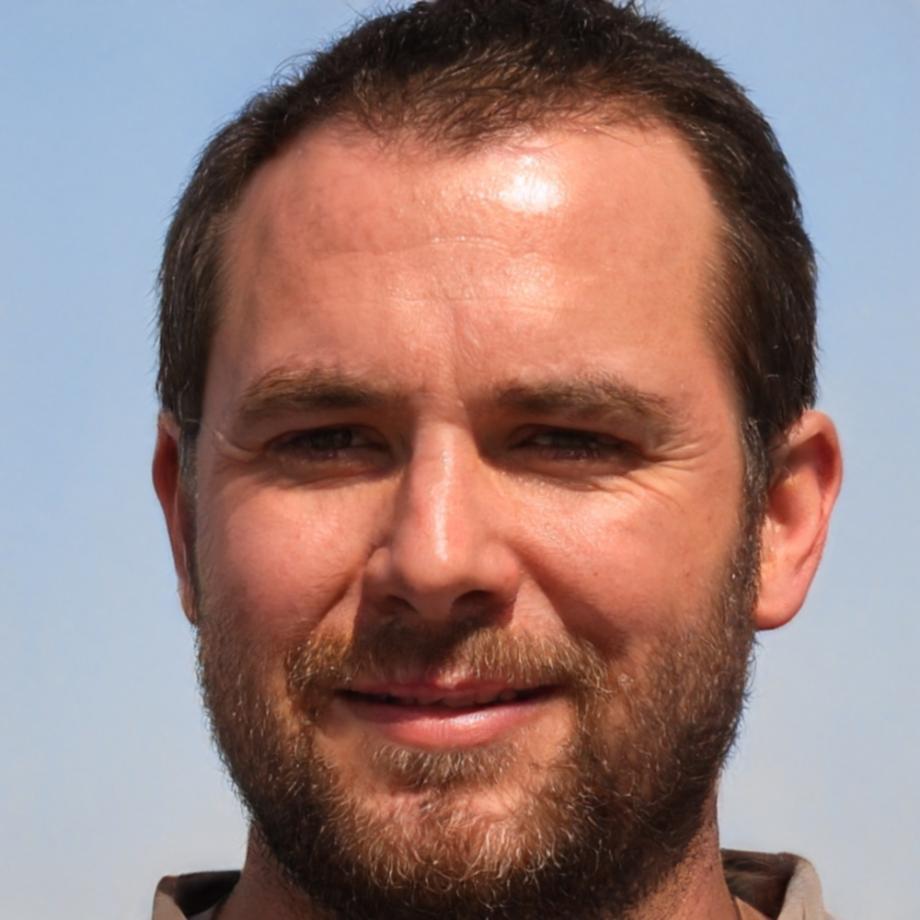Take Control of Your Spending Without Spreadsheets
Most budgeting advice tells you to track every coffee purchase. We think that's exhausting. Our approach helps you build expense awareness that actually sticks—without turning money management into a second job.
Explore Learning Options
We Don't Teach Budget Templates
Templates break the moment your life changes. Instead, you'll learn to build a spending system that adapts when you switch jobs, move cities, or start a business. Think of it as learning the principles behind budgeting rather than copying someone else's spreadsheet.

Map Your Actual Spending
You'll spend the first two weeks just observing where money goes. No judgment, no cutting back yet—just awareness. Most people are surprised by the results.
Identify Your Financial Patterns
Some expenses are truly fixed. Others feel fixed but aren't. We help you spot the difference and understand which levers you can actually pull.
Design Your Personal System
This is where you build something that fits your life. Could be automated transfers, could be weekly check-ins, could be a hybrid approach. Whatever actually works for you.
Test and Adjust
Your first system won't be perfect. That's expected. You'll refine it over 8-12 weeks until it becomes second nature.
Practical Skills You'll Actually Use
Forget theory. Here's what you'll be able to do after finishing the program.
Read Your Money Flow
Spot patterns in your spending without complicated apps. Know when you're overspending before it becomes a problem.
Balance Irregular Income
Handle variable paychecks, freelance work, or seasonal business without constant stress about next month's rent.
Make Trade-Off Decisions
Figure out what's worth spending on and what isn't—based on your actual priorities, not generic advice.

Our Next Program Starts September 2025
We run small cohorts three times a year. The autumn session begins September 8th and runs for twelve weeks. That timeline isn't arbitrary—it takes most people about three months to build sustainable financial habits.
- Weekly live sessions with direct Q&A time
- Small groups of 12-15 participants maximum
- Practical assignments that take 2-3 hours weekly
- Access to recorded sessions if you miss one
- Six-month follow-up support after completion
Program Duration
12 weeks of active learning
Time Commitment
3-4 hours weekly
Next Start Date
September 8, 2025
Group Size
12-15 participants
Delivery Format
Live online + recorded

